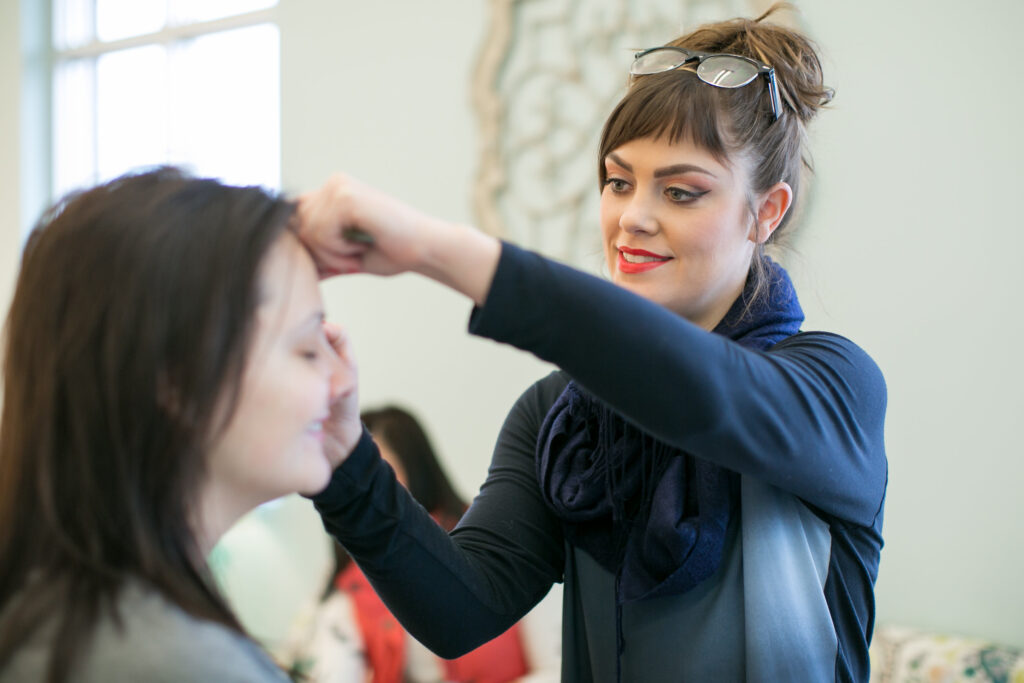
While makeup artistry is often associated with creativity and aesthetics, it also involves a surprising amount of mental math. Makeup artists routinely calculate measurements, proportions, and ratios when mixing custom shades, adjusting cosmetic formulas, or planning makeup applications.
For example, when blending foundation shades to match a client’s skin tone, makeup artists use mathematical concepts such as ratios and percentages to achieve the perfect color match. They also apply geometric principles when creating symmetrical eyebrow shapes or precise eyeliner flicks.
Budgeting and cost estimation are essential skills for makeup artists working in various settings. They must calculate product costs, service fees, and potential discounts or markups to provide accurate quotes and manage financial aspects of their business effectively.
Time management and scheduling require organizational skills and basic arithmetic. Makeup artists calculate appointment durations, consider sanitizing time between clients, and optimize their schedules to ensure smooth and efficient workflow.
By highlighting the mathematical prowess required in makeup artistry, we can appreciate the diverse skill set and analytical thinking that makeup artists possess. It’s a fascinating aspect of the industry that showcases the intersection of artistry and logic, challenging the perception of makeup artistry as purely creative and revealing its hidden mathematical dimensions.
Photo: Rachael Houser Photography
